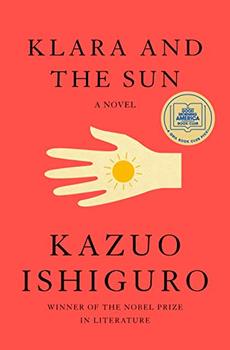
I hated this novel. I simply couldn’t see the point. But the author was a Nobel Prize-winner, so I kept slogging away to the very end. I’d figured there must be something worthy in it. After all, one of the world’s most celebrated authors had turned his attention to the subject of artificial intelligence. He’d written a science fiction novel! To find out what other readers might see in the book, I turned to the (predictably) gushing reviews of the establishment’s literary critics.
- Maureen Corrigan of NPR, for example. She calls “Klara and the Sun a masterpiece that will make you think about life, mortality, the saving grace of love: in short, the all of it.” Really? It’s a story about a robot and sickly fourteen-year-old girl, neither of whom is the least bit interesting.
- And Radhika Jones, the editor in chief of Vanity Fair, devotes 1,400 words to her review for the New York Times. She concludes that the novel “strikes the quintessential Ishiguro chord.” Whatever that means.
- But the unidentified reviewer for KIrkus terms Klara and the Sun “A haunting fable of a lonely, moribund world that is entirely too plausible.” OK, that’s closer to the mark. But I still hated the book, Nobel Prize-winner or not.
Klara and the Sun by Kazuo Ishiguro (2021) 245 pages ★★★☆☆
Winner of the Nobel Prize for Literature
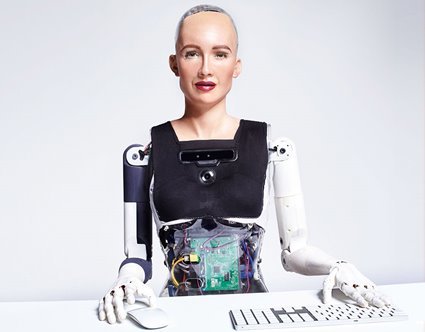
A worthy job of world-building
So, for the record, Ishiguro does write well. (Of course. How could we expect anything else after that Nobel Prize?) And there are things about Klara and the Sun that ARE interesting. Because Ishiguro does a respectable job of world-building. If you have the patience to wait him out to get the full picture.
Robots
Klara is a humanoid robot manufactured and sold as an “Artificial Friend,” or “AF.” (Awful name.) She is solar-powered and craves the comfort of sunlight. Unaccountably, however, she personifies the sun (“the Sun”), endowing it with intentionality and the ability to help or harm individual human beings. (As though any self-respecting coder would program an artificial intelligence to believe such nonsense!)
The novel is set in the near future, but it’s barely recognizable. Robots have replaced human beings at nearly every task, and the consequences are predictable. Widespread poverty. Desperation. Riots in the cities. They’re all in the background.
Increased inequality
Class differences are pronounced. Klara observes sharp distinctions in behavior and dress between those who are “high-ranked” and others who aren’t. (You’d think a Nobel Prize-winner could come up with a better label than “high-ranked.”)
Genetic enhancement
With genetic editing, which goes by the unexplained acronym AGE, children are “lifted.” Presumably, this means they’re endowed with exceptional abilities. But some pay a heavy price for this. In Klara and the Sun, the girl for whom Klara becomes an “Artificial Friend,” is mysteriously ill. Apparently, this is the consequence of having been lifted. And her sister had died in a similar manner.
Josie, Klara’s “friend,” is enrolled with tutors online on her “oblong.” (Another unlikely label.) Josie may be isolated at home because of her illness. Or maybe all the schools are closed. It’s never clear. But other children are stuck at home, too, because their parents have to arrange “interaction meetings” for them to learn how to relate to one another. (“The kids who don’t do well in college are always the ones who didn’t attend enough meetings.”) And the universities are now largely limited to the “lifted.” It seems that unlifted children can’t be expected to compete with those who have gained advantages through AGE.
This scenario comes into focus only in the course of the novel’s more than 200 pages. Ishiguro dribbles out the details, which added to my frustration in reading the book. I expected much more from a Nobel Prize-winner.
Enough said. If you trust Jennifer Corrigan or Radhika Jones more than me, read the book, by all means. If not, I suggest you find something else to occupy your time.
About the author

Kazuo Ishiguru was born in Nagasaki, Japan, in 1954 but moved to Britain at the age of five. He won the Booker Prize for his novel The Remains of the Day in 1989 and a great many other honors, including the Nobel Prize in Literature in 2017. To date, he is the author of eight novels, a collection of short stories, and four screenplays. He lives in London with his wife of more than thirty years.
For further reading
Both novelists and nonfiction authors have written compelling works about artificial intelligence, and I’ve read a lot of them. See 30 good books about artificial intelligence reviewed here. For a novel about a robot companion that’s much more readable than Klara and the Sun, see The Perfect Wife by J. P. Delaney (A psychological thriller in a science fiction setting).
For more good reading, check out:
- The ultimate guide to the all-time best science fiction novels;
- Great sci-fi novels reviewed: my top 10 (plus 100 runners-up);
- Seven new science fiction authors worth reading; and
- The top 10 dystopian novels reviewed here (plus dozens of others).
And you can always find my most popular reviews, and the most recent ones, plus a guide to this whole site, on the Home Page.

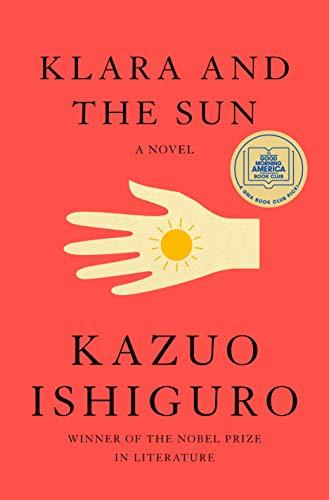
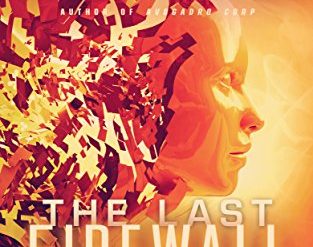

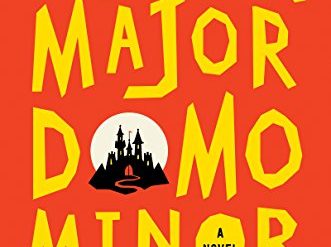
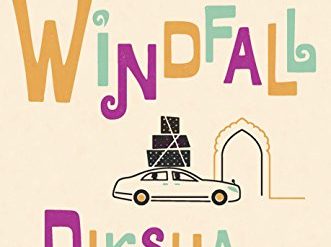





















Thanks for the review. SF by mainstream authors often ends up not being very good, and reviewers of mainstream fiction frequently miss this, presumably because they have not read much good SF.
I agree.
I hated this review, but the author had over a thousand reviews, so I kept slogging away to the very end. At the end, I realized I’d learned nothing useful about the book, but quite a great deal about the reviewer’s inconsequential literary predilections, as well as his lack of a basic imagination.
For instance, he says “With genetic editing, which goes by the unexplained acronym AGE…” We’re expected to believe that this acronym is so mysterious that it can’t be guessed, but even I, who have problems with acronyms on a regular basis, could see it immediately. In fact, the author probably assumed that it was so simple that anyone who needed this acronym explained probably shouldn’t be reading the book in the first place. The reviewer even mostly gave the answer in the above-mentioned quote and still couldn’t see it: Artificial Genetic Editing.
Will I read this book? I don’t know. I will probably go read a review first.
Thanks for reading.